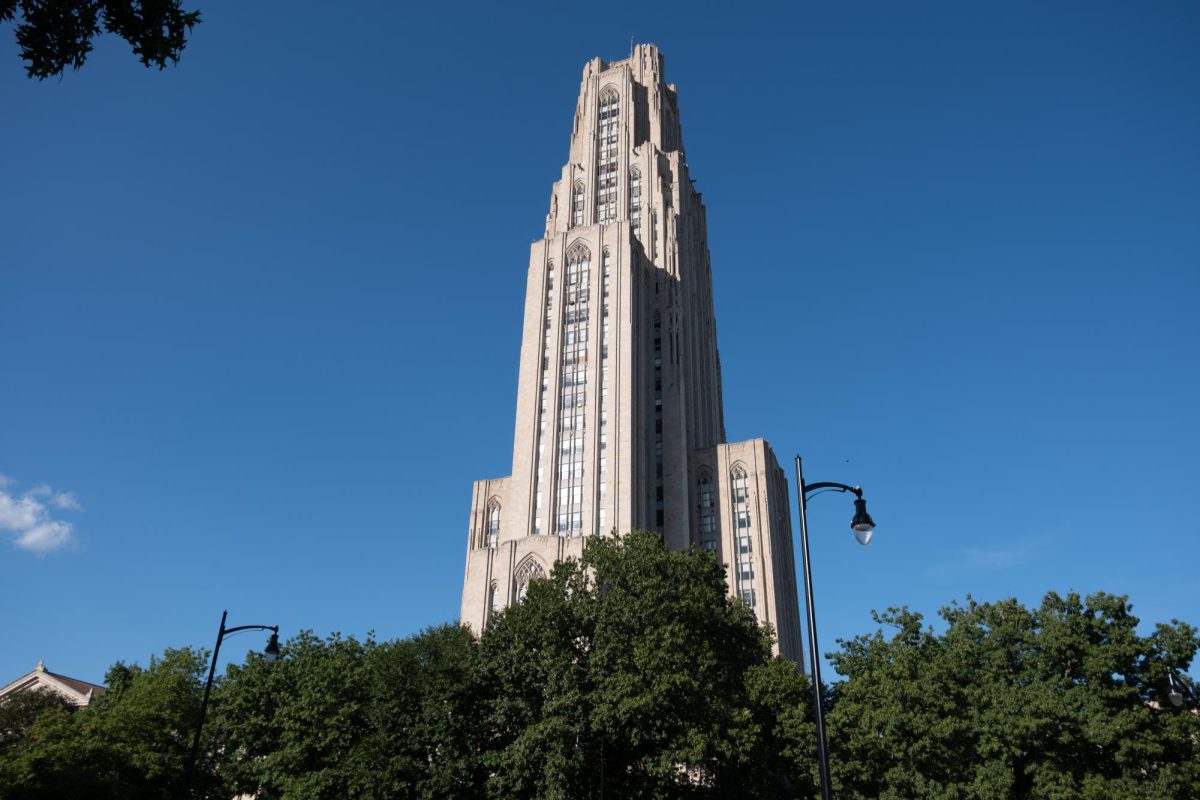Tybout: Films exist outside of humdrum Hollywood
March 16, 2011
Politicians and pundits, take note — I’ve discovered one more U.S. industry that’s losing… Politicians and pundits, take note — I’ve discovered one more U.S. industry that’s losing ground to foreign competitors: film.
As ambassadors of the idiosyncratic and the obscure, most self-respecting film critics delight in championing directors who have yet escaped Americans’ attention. Lately this has resulted in a fixation on two foreign auteurs: Iranian director Abbas Kiarostami, whose film “Certified Copy” opened in the States last week, and Thai director Apichatpong Weerasethakul (fans call him “Joe”), whose film “Uncle Boonmee Who Can Recall His Past Lives” recently hit U.S. theaters.
Intriguingly, both these men hail from countries a layman wouldn’t consider cinematic hotspots. Nevertheless cinephiles, with the aid of the Internet, are discovering that film is flourishing in some unlikely locales — places that, at the very least, serve as idiosyncratic foils to the normalized U.S. movie industry. In addition to Iran and Thailand, I’ve enumerated a few global film markets to keep an eye on:
South Korea: South Korea is one of the few places on Earth where “blockbuster” and “art film” are not mutually exclusive. Take, for example, the case of “The Host” — a box office-topping monster flick that’s managed to become a worldwide critical sensation. In several respects, “The Host”’s director, Joon-ho Bong, epitomizes current Korean cinema: Like many of his colleagues, he’s managed to popularize his country’s dark, cerebral approach to filmmaking while retaining a sizeable audience.
Indeed, for whatever reasons, South Korea’s morbid dramas have captivated global audiences: American adolescents revere “Oldboy” (2003), an incestuous revenge thriller, and many noir fans tout “Memories of Murder” (2003), a similarly twisted detective story, as an absolute must-see.
Key Figures: Joon-ho Bong, Chan-wook Park
Sweden: It’s only a slight overstatement to claim Scandinavia’s movie capital owes its enduring renown to a single director: Ingmar Bergman (“The Seventh Seal,” “Wild Strawberries”). A mainstay of the art house, Bergman’s ponderous, allegorically tinged films, set mainly in his home country, have placed his country more or less permanently on the cinematic map.
That’s not to say, however, that Sweden’s cinema has stagnated in his absence — rather, several new talents have arisen to uphold Bergman’s legacy. Most notable, in my opinion, is Roy Andersson, whose most recent feature-films, “y” (2000) and “You, The Living” (2007), demonstrate an uncanny eye for detail and a dark, absurdist sensibility reminiscent of “Monty Python.”
Of course, Sweden’s recent achievements aren’t all highbrow: More mainstream hits — “Let the Right One In” (2008) and “The Girl with the Dragon Tattoo” (2009) — have also garnered significant acclaim in the States and spurred U.S. remakes.
Key Figures: Roy Andersson, Jan Troell
Nigeria: Of all the countries on this list, Nigeria’s ascendance in the film world is easily the most bizarre. Beginning with 1992’s “Living in Bondage” — a cheap, straight-to-video production about a farmer haunted by his wife’s ghost — the sub-Saharan nation has experienced a veritable cinematic renaissance, grounded more in DIY sensibilities than an overarching artistic movement.
Nigeria’s now-thriving industry — colloquially deemed Nollywood — produces some 50 feature films per week, according to The Economist. Naturally, many of these films aren’t exactly standouts, but for every thousand or so duds, a compelling production — like “Somewhere in Africa,” a biopic of a fictional dictator based off the lives of real figures — reaffirms the potential of the market.
What’s most intriguing and important about Nollywood is that it portrays its country as essentially modern, as opposed to a wilderness dominated by rebels and natives. Indeed, for a continent almost helpless to the prejudices projected upon it by Western filmmakers, Nollywood — and its offshoots, Ghana’s Ghallywood and Liberia’s Lolliwood — is a chance for Africans to celebrate themselves on their own terms.
Key Figures: Chico Ejiro, Kenneth Nnebue and anyone with a camera
This is by no means an exhaustive list — a cursory Google search of “world cinema” will reveal a burgeoning film scene in half the countries on Earth — but it nevertheless underscores the fact that, far from reigning unchallenged, Hollywood is only one in an innumerable collection of quality film markets.


